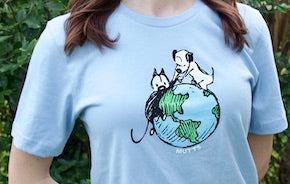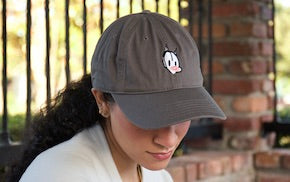By Willow Phelps
On June 18, 2018 three grey seals were released at Sandy Hook Beach by the Marine Mammal Stranding Center, a non-profit organization that helps whales, seals, dolphins, and other animals that become stranded on shores in and around New Jersey.
The first of these seals was a female, who came ashore in Bethany Beach, Delaware on March 19. She had a swollen hip and front flippers, her gums were ulcerated, and she only weighed 40 lb. The second, another female, came ashore in Ocean City, New Jersey on April 29. This young seal had abscessed rear flippers and weighed 53.2 lb.
The third, a male, came ashore in Brigantine, New Jersey on May 7. A fisherwoman on the beach saw this young seal crawl out of the water wearing a heavy fish net around his neck. She went to her truck to call the MMSC and the seal followed her. The MMSC staff arrived quickly and were able to remove the netting that had cut deep into the flesh on his neck.

Responding to a Stranded Seal
Whenever the MMSC responds to a stranded seal, a technician carefully picks up the animal with a net and takes it to the center in a crate. The seals see a veterinarian, who determines what is wrong. Most seals need to be saved because they are sick, injured, or need to eat more to get healthy. Sometimes they eat litter in the ocean, get tangled in fishing nets, get bitten by sharks, or become injured by propellers on boats.

The seals stay at the center for about six weeks or until they are healthy enough to go back into the wild. When that time comes, they are taken to the ocean to be released. The MMSC stranding technicians drive the seals to the beach in crates in a truck. Finally, they are transferred to park ranger’s truck and driven to the edge of the water. Meanwhile, volunteers do crowd control to keep people a safe distance away and to give the animals space. (Seals are wild, after all, and can bite.)
The Big Release
Thanks to the MMSC, all three of these grey seals were rehabilitated. The male seal has grown especially large and strong, as males of this species do.
When the MMSC staff released the animals from their crates on June 18, the animals appeared nervous at first. Eventually, though, they seemed to understand that the ocean is their home and they made their way in and started playing and swimming in the water. It is a happy day when seals are released back into the wild because they are healthy and going home.
To make a donation, “adopt” a seal, or learn more about strandings, please visit www.mmsc.org.

About the Author: In her 10 years, Willow Phelps has done more for animals than most adults do in a lifetime — raising more than $15k for animals by doing runs, swims, and sewing; fostering and giving hospice care to numerous dogs and cats, and earning the title of ASPCA’s Kid of the Year (2016). A committed vegetarian, her concern includes all creatures, from goldfish to marine mammals, from farm animals to animals in the wild, and of course companion animals.























Comments (5)